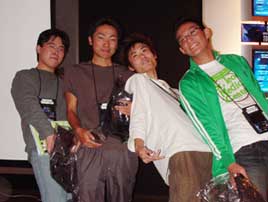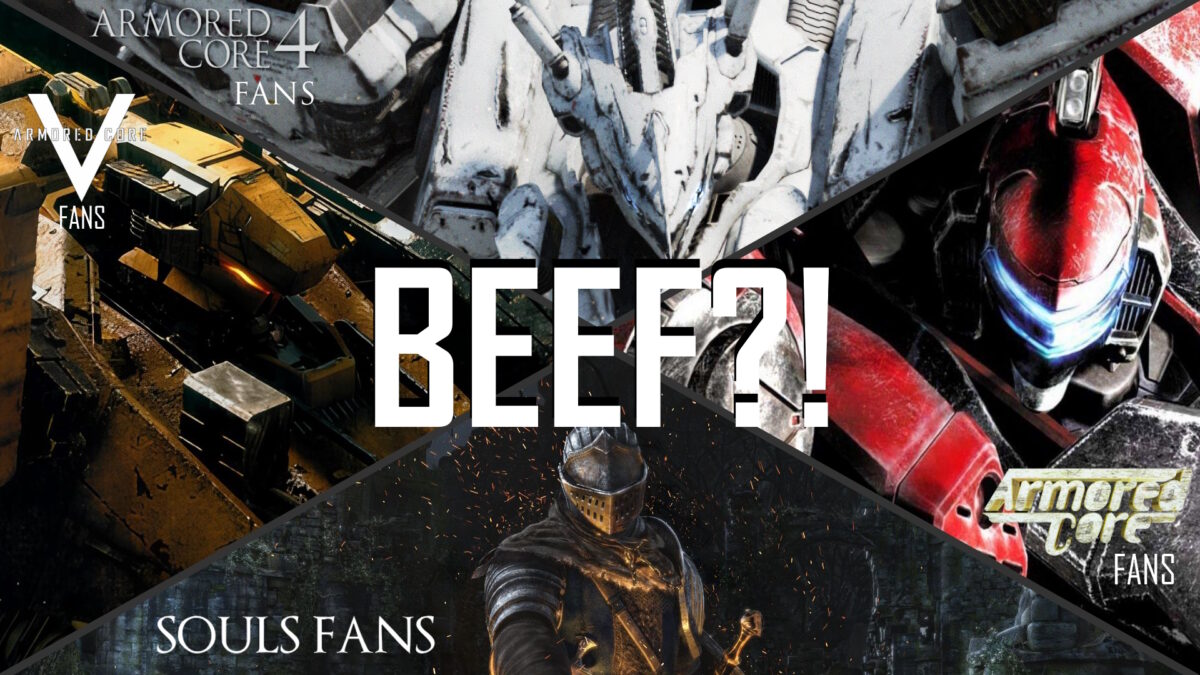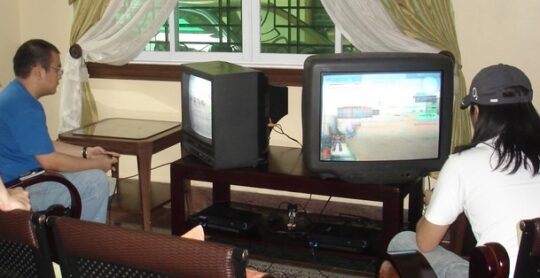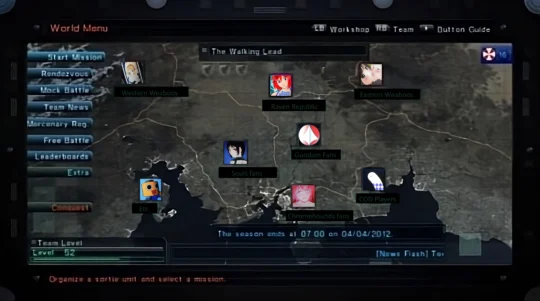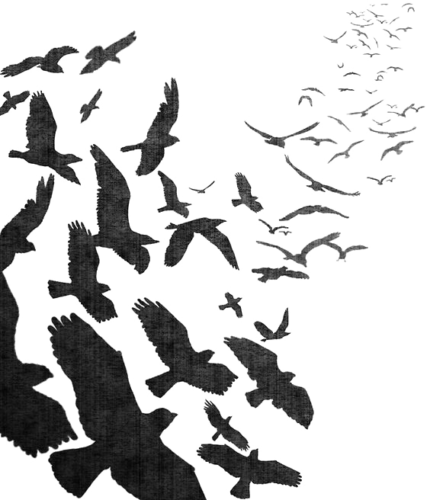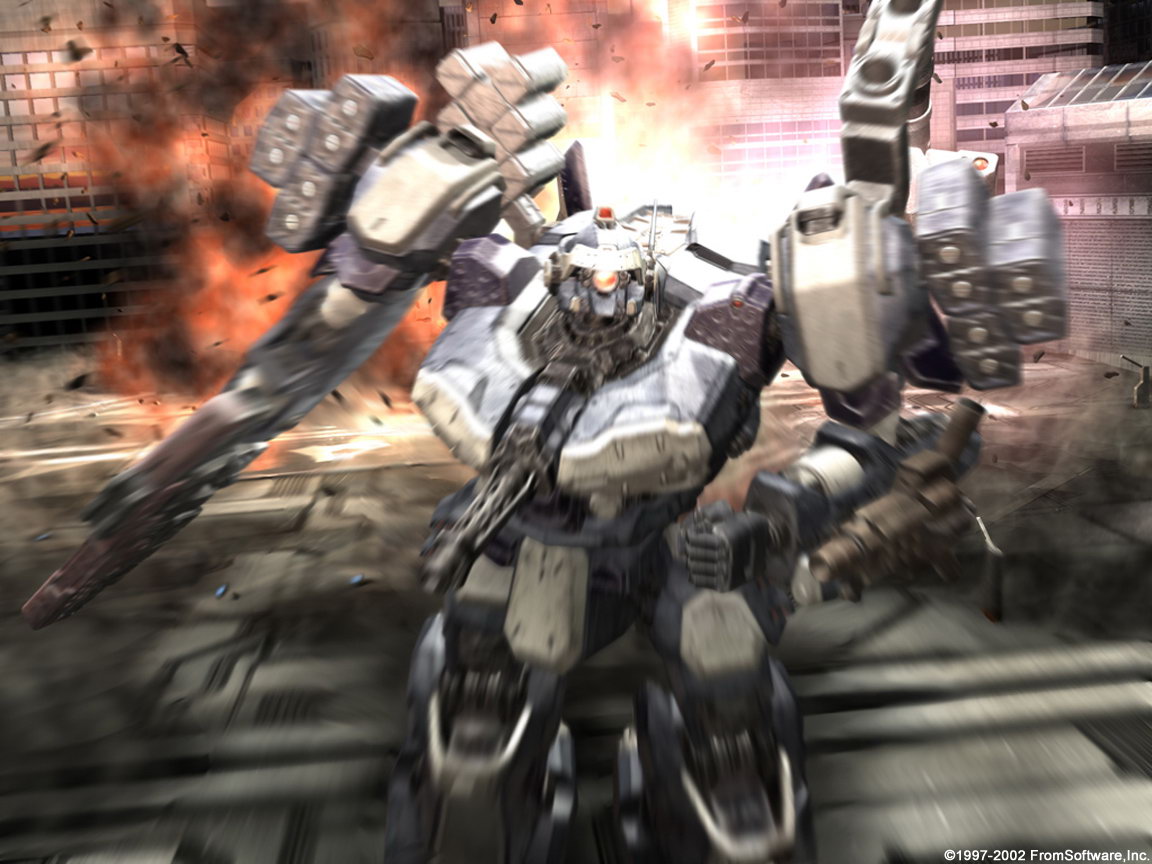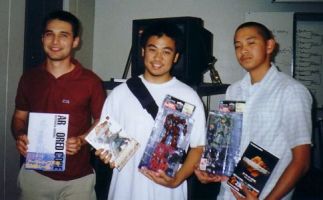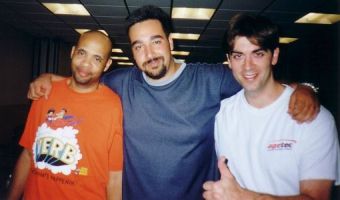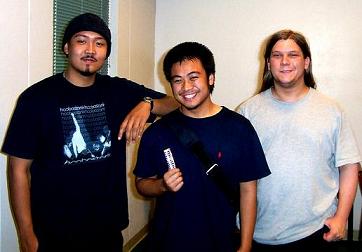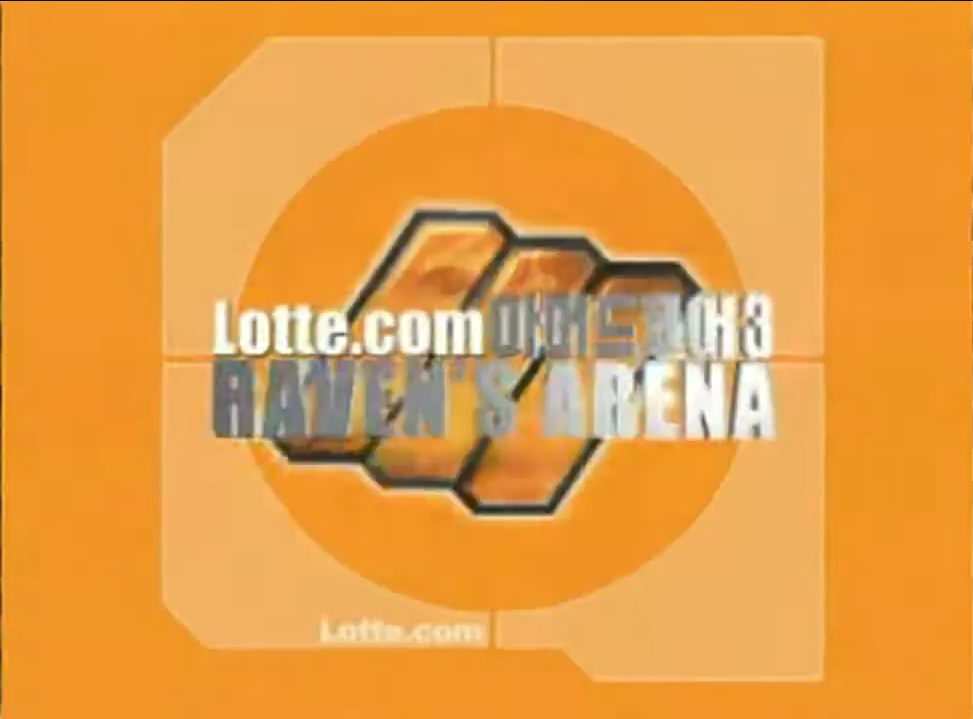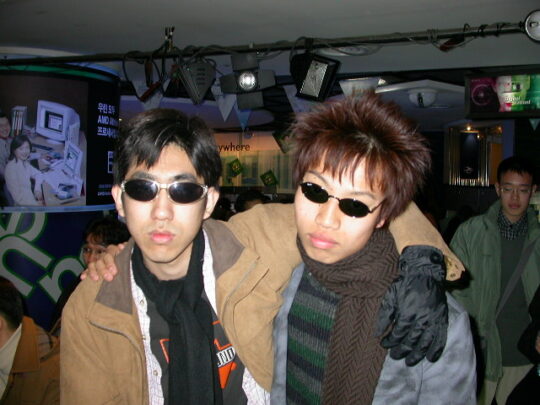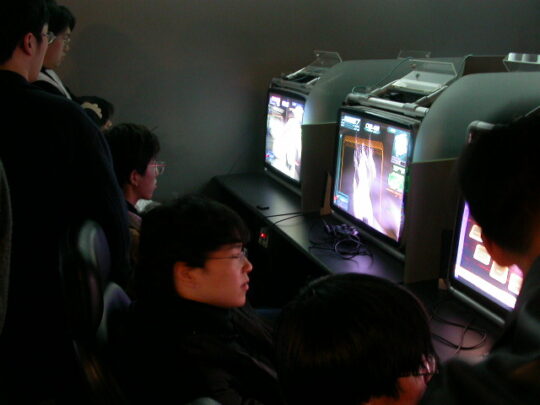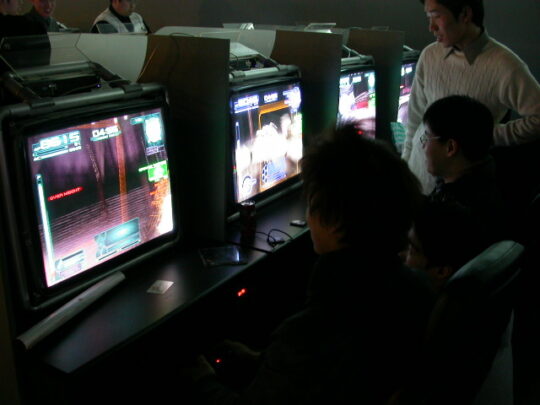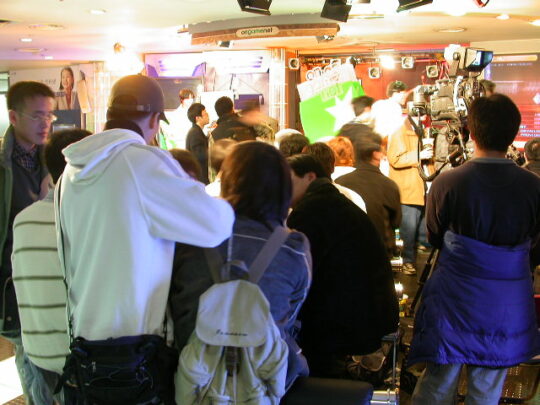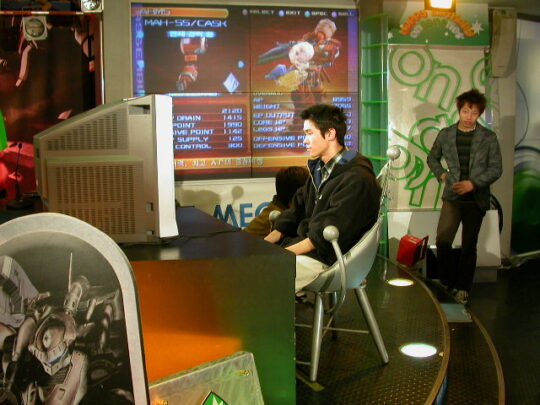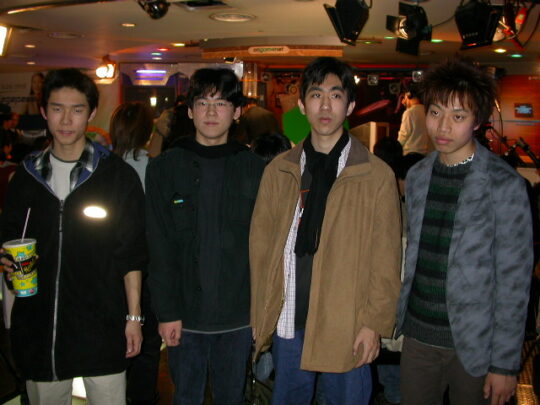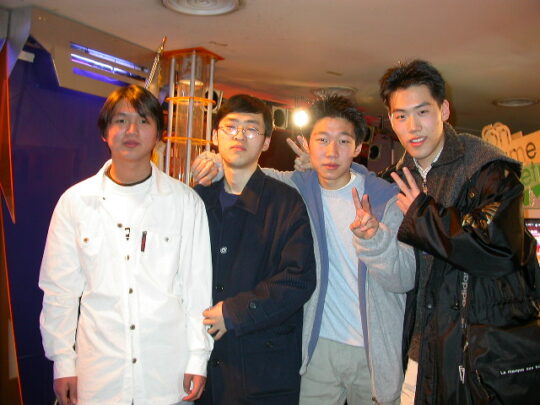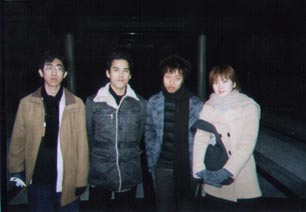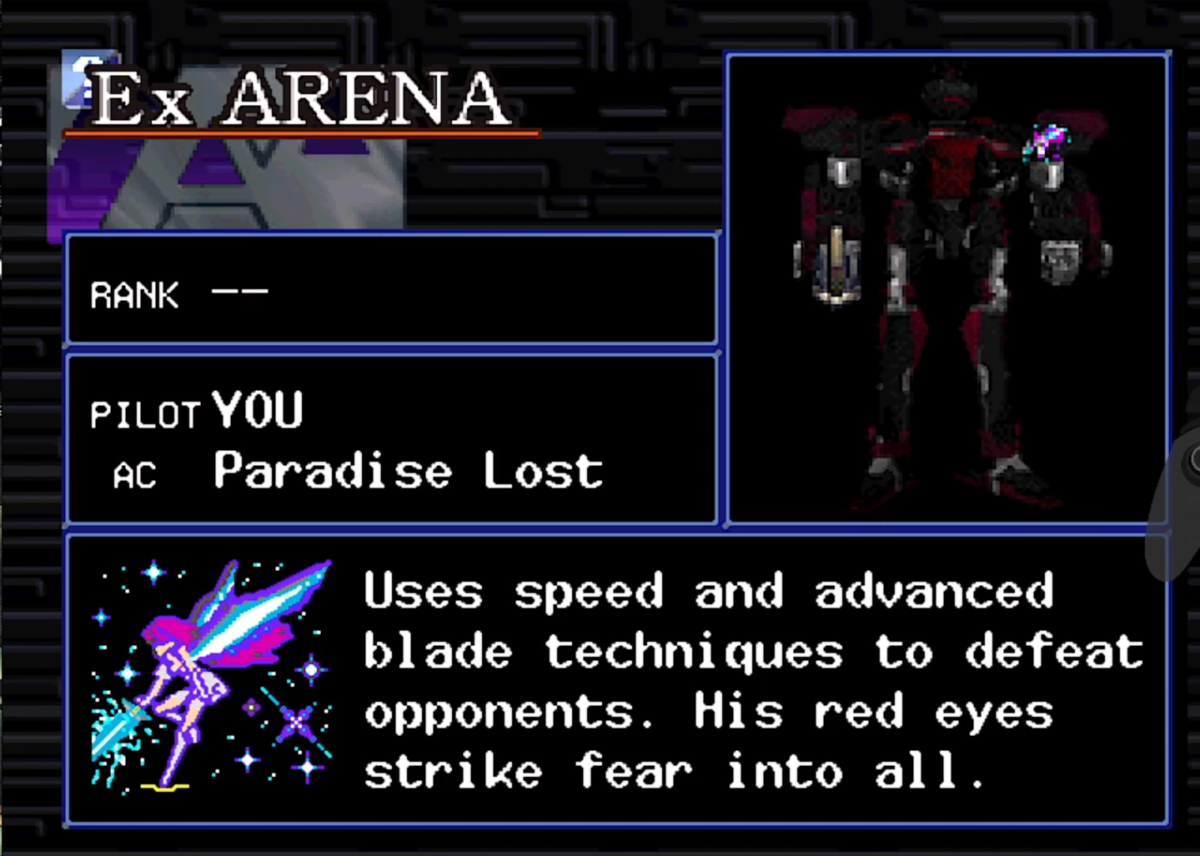We continue with A True and Accurate History of the Raven Republic. In this edition, we look at what RR was up to during the days of Armored Core V, Verdict Day, and the long lull until the announcement of Armored Core VI.
Raven Republic in the Fifth Generation
When Armored Core V arrived, Raven Republic finally had its chance to shine on the global stage. Despite the relatively small ACV/VD player base worldwide, the tradition of playing Armored Core purely for the joy of it continued.
Initially, Raven Republic consisted of seasoned members, friends, and active participants from our real-life gatherings. On Armored Core V’s release, RR held a launch party on March of 2012 at DT’s house, the site of PACT 1, where we brought in our PS3s to start taking our first territories.
Over time, and with our name on the conquest map, the community attracted new members from both inside and outside the Philippines who shared RR’s core values – that is, having fun with Armored Core while maintaining a touch of competitiveness. Though some earlier members weren’t into gen 5, many enthusiastic newcomers made a lasting impression on fellow members and the AC community at large.
Raven Republic in ACV and VD
Accounts from our members, including NiX, Etherstrife, AcesZeph, Arrui, Zefyr, Gradlein, Ravenflau, JienFury, and Goat, highlight their experiences as they infused their MMO guild management expertise and passion for giant robots into the clan-focused gameplay of ACV and VD.
RR’s activities made the group quite well-known in ACV’s online community. The goal of putting our emblems on the map (punctuated by our own mascot of course) not only became our driving force to play but also led to notoriety and in-game rivalries. Notably, one member initially belonged to a rival group, but he was won over by RR’s conversations and eventually switched sides. To this day he’s still a cherished and integral part of the gang.
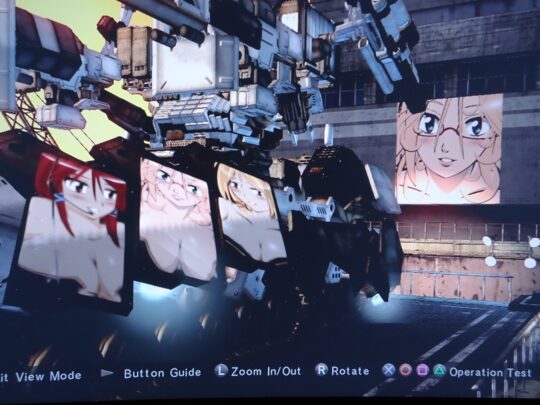
The growth of RR’s numbers led to the creation of Raven Republic 2 within the game’s team function to accommodate the active players, while RR1 remained a space for legacy pilots to relax, play, and hang out. The two groups alternated as they placed their distinct emblems across the map. Overall, recruitment was a simple process, where signing up for the forums was the only mandatory requirement for official RR membership.
During the VD era, while RR took conquest seriously, the freebattle environment was much more relaxed. Still, the community prided itself on its emblems, out-of-meta builds, and clutch victories, where RR members prevailed despite being outnumbered and overwhelmed.
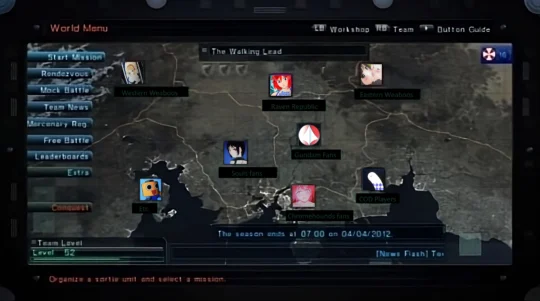
A notable lesson learned during the fifth generation was that practice and dedication breed improvement. Members also discovered the importance of finding like-minded individuals, diversifying their builds, and aiming to complement each other’s strengths within the team. Unlike the one-on-one dynamics of the older titles, the fifth generation largely emphasized teamwork.
But despite the serious approach, we were no strangers to having fun. Among RR’s amusing antics were tank drag races, head transformation recordings, and Overed Weapon demonstrations.
For us, the best memories were simply the hours spent playing together – small moments like goofing off on the map, or giving each other’s ACs love taps (AKA kicking/pile driving) at the end of a sortie. These lighthearted interactions elevated friendships and strengthened the bonds that endure until today, where things go beyond just playing Armored Core.
The Decade Without a New Armored Core
The ties within the RR crew extended beyond the game, marking milestones in each other’s lives. These connections led to invitations to weddings, anniversaries, send-offs, birthday celebrations, as well as the odd burger raid here and there. Some even became extended family members.
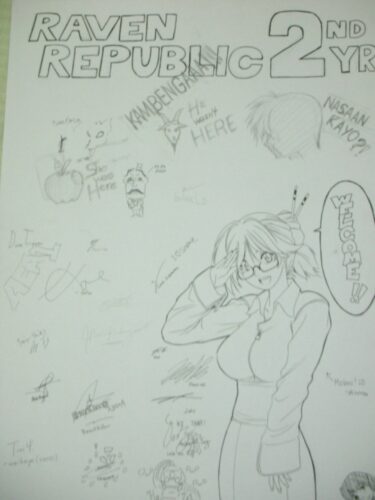
During this time, RR continued returning to the game that united them, equipped with fading PS2s and CRT monitors, ready to relive the experience. We’d occasionally engage in gimmick matches like Godzilla (1v3) or blind attack (guided by handlers/operators) to keep things fresh. Eventually, RR meets became more of a gathering of friends united by a common love for Armored Core.
We managed to maintain an unbroken streak of annual meetups (usually every August) and Christmas parties from our founding until the COVID-19 pandemic hit in 2020. With it, in-person gatherings ceased, and Discord became the primary means of communication. Online movie viewings served as a coping mechanism for the isolation, but it didn’t have the same effect as meeting in person. We had a small gathering in 2022, but obviously with limited participation due to ongoing pandemic concerns.
The Month We Almost Died
On November 2022, a crucial announcement quietly shook the community:
While the decision was understandable given the community’s shift to Discord, Facebook, and real-life interactions, the forums held a wealth of information accumulated over 15+ years – including AC designs, emblems, tournament records, research, photos, and most importantly, memories. This article, for example, greatly benefited from the rich history in the forums.
But on December 8, the very same day Grim said he would start with the site’s shutdown, a miraculous turn of events occurred at the Game Awards. It seems like RR was meant to live on.
As of this article’s posting, Raven Republic as well as the entire Armored Core community has experienced a revival unlike any before. The past few months have felt like those halcyon days in 2006 when assembling six Ravens under one roof was like a dream come true, with excitement and anticipation running high. The hype surrounding Armored Core 6 pretty much broke all previous high water marks for the series, and it’s only just begun.
The Road Goes Ever On

The common thread that united us was the simple joy of playing Armored Core and other games. The near-death experience of the previous year highlighted the importance of preserving the tales of the past, and that’s exactly what we’ve tried to do with this little series of articles. As RR embarks on a new journey with Armored Core VI, looking back provides a roadmap for moving forward – a way to avoid past mistakes or to find inspiration and hope. It demonstrates that even the smallest of common interests can blossom into enduring connections that stand the test of time.
Both old and new members are coming together, and while the future remains uncertain, the shared passion for giant robots, games, and friendship will undoubtedly carry us forward. Ultimately, we are all united by the sheer happiness of being part of this journey.
Thank you for taking the time to delve into the extensive and authentic history of The Raven Republic.
***END OF TRANSMISION***
Personal Thoughts from the Author
To all our new and upcoming members, we’re excited to have you on board. You’ll be part of a long and very proud tradition that spans almost two decades, and counting. And if you haven’t joined yet, what are you waiting for? If you’re from the Philippines, sali na! To the rest of the world, we’d love to have you with us. Our socials are on top of the page.
To Grim – Thank you for bringing Raven Republic out into this world. I’m sure you never imagined your little project to reach the heights that it has today. Thank you for keeping it running smoothly, for preserving the memories, and for starting the culture that allowed RR to soar. From the bottom of our hearts, thank you. On a personal note, thank you for being an Ace of a friend, and I always wish for success in your life.
To Nix – I am forever honored you chose me to be the godfather of your kid, to me you’re the GOAT Raven. What you’ve done for the RR community is nothing short of impactful, instrumental to how it lasted this long, and continues to grow. From the the early 2000s till today; thank you, rival, ally, and very good friend.
To AEA1, DT, and Cabs – You marvelous guys, you kept the fire burning in the early days of Gen1, and are still up for AC in this upcoming 6th gen. Thank you for letting us use your place in the early days, that allowed our grassroots community to grow to what it has become today, establishing the Armored Core community in the Philippines.
To Sforza – There’s a reason why people call you the benefactor, thank you for taking care of us whenever we visited your place (numerous times). It was never easy for you to host, but you did it anyway, all for the love of the community and AC.
To our GEN5 crew (Etherstrife, AcesZeph, Arrui, Zefyr, Gradlein, Ravenflau, JienFury, and Goat) – Thank you for keeping the fires burning. Without you guys, our group would be less than what it is right now. Thank you for being that new (and some old) blood that allows communities to grow, evolve, and flourish. I’m so happy to hear you’re all back to play in AC6 with everyone, and I’m looking forward to playing AC with you guys.
Trace-02 – Thank you for bringing our Sophie to life, your art forever awakened something in us that will never die. It’s been a while, but we’re always hoping to hear from you again.
To Fox, Serene, Raff, Super Ting Bros – I love you all, you’re the meme makers in our community, and really cemented the personal identity of the group. You guys are a freaking riot during RR meets it’d be so hard to think of what we’d be without you. Looking forward to our meetups to chill, talk about mecha, etc. See you in AC6.
Special shout-outs to the guys at Armored Core Universe, AC Discord, r/armoredcore, Raven’s Haven, ACL, Zealous (thanks for the shout-out during your AC6 presentation BTW), FromCheng, JinX, Penguin Deus, TMRaven, many others I’ve missed, and you reading this long article. You’re all truly wonderful, and we’ll see you at planetfall on Rubicon 3.

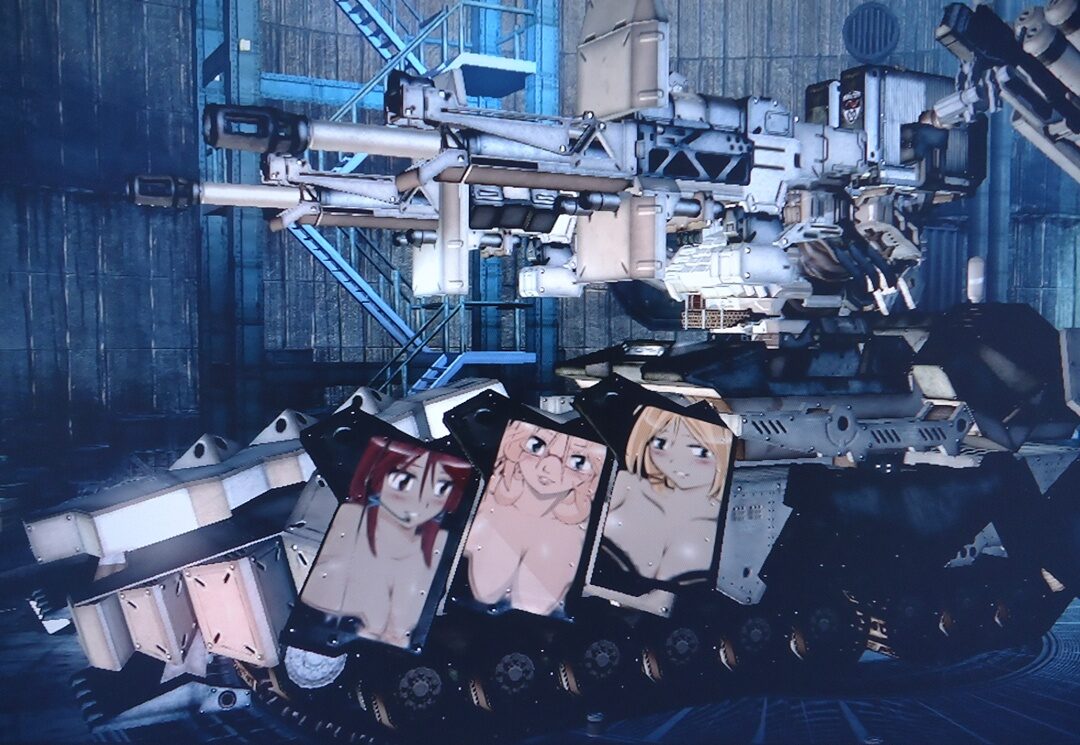

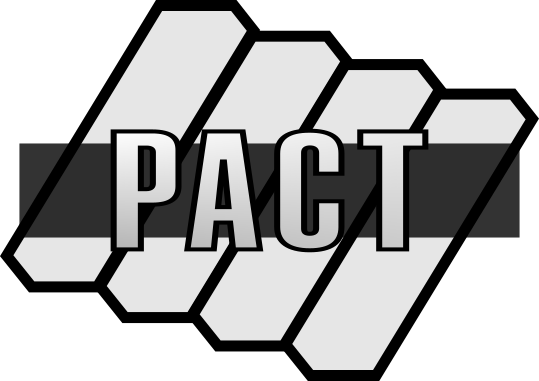
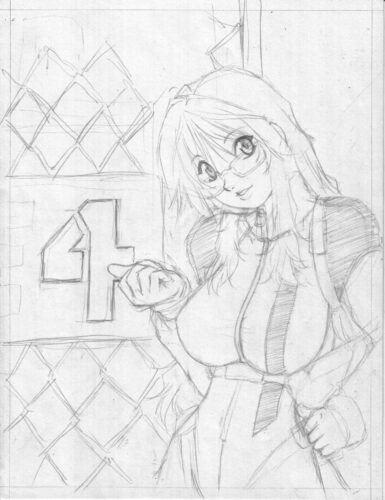
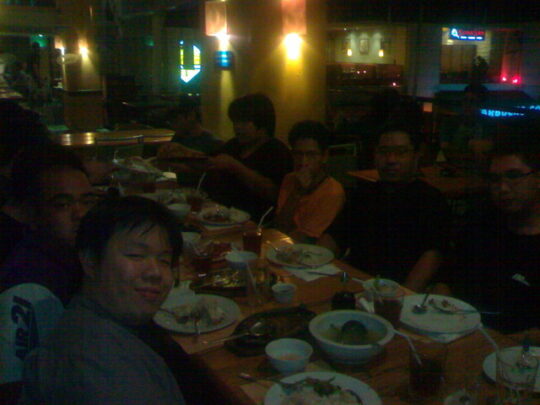
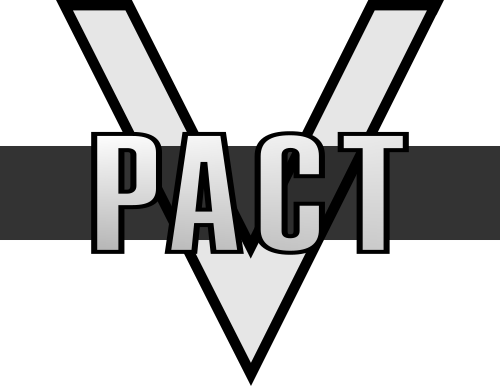
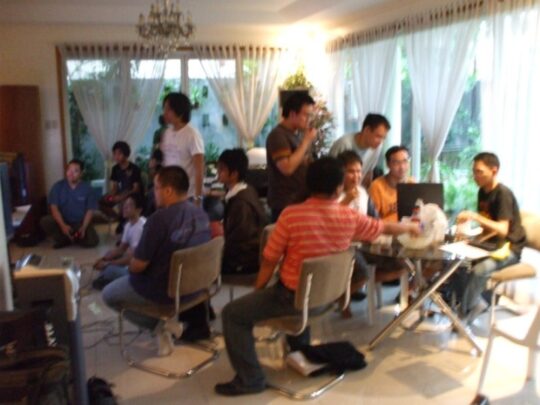
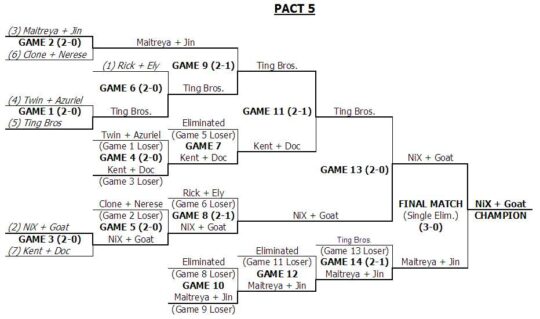
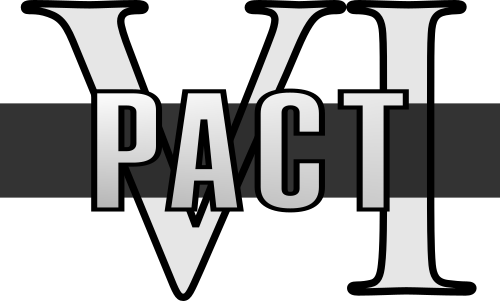
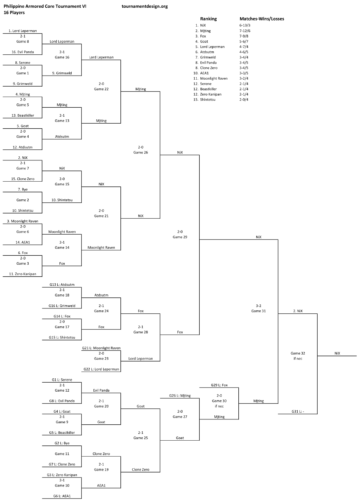
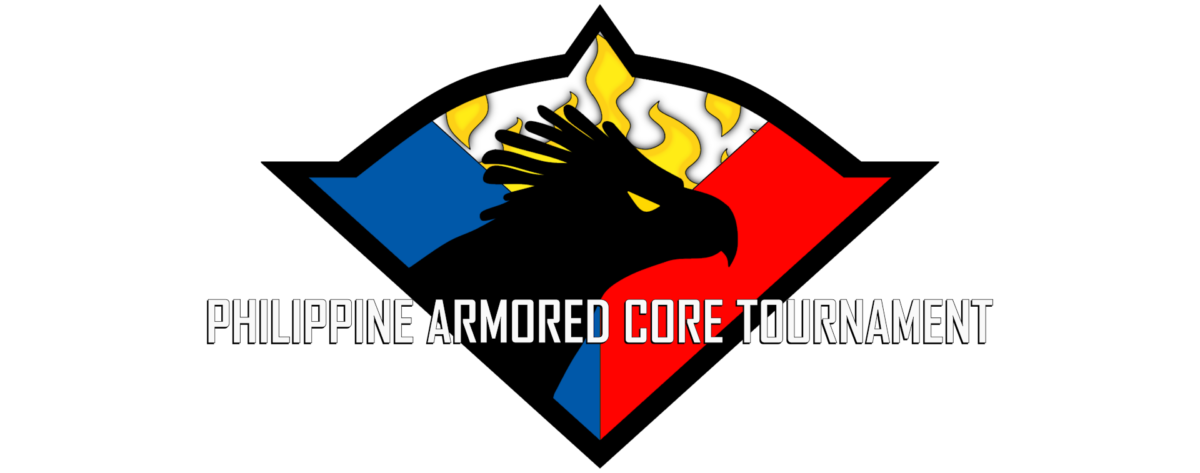

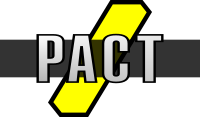

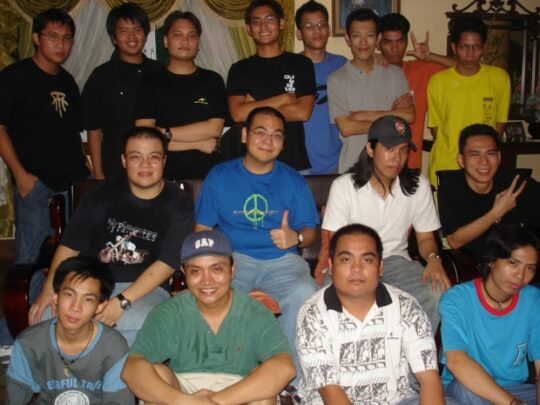
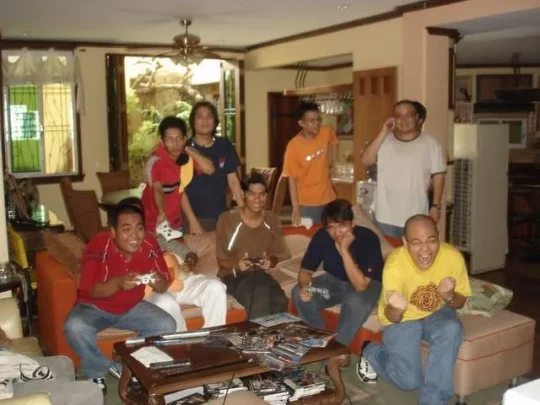

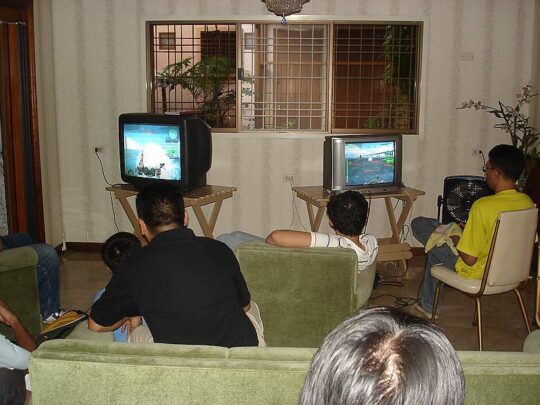
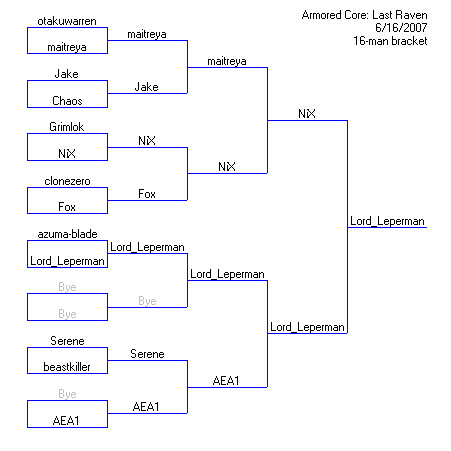
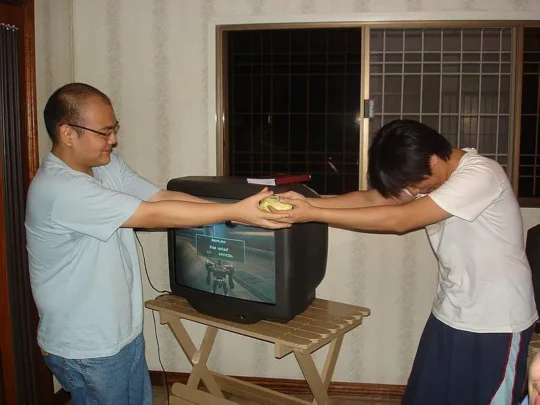
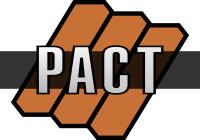
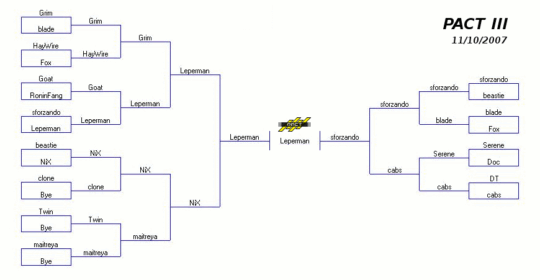
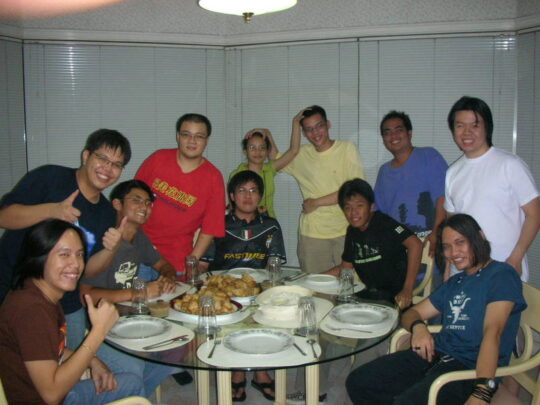
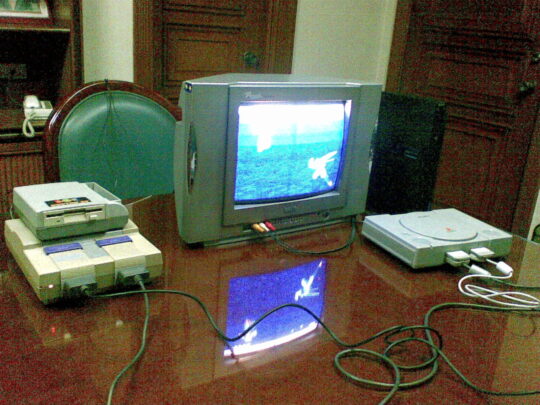
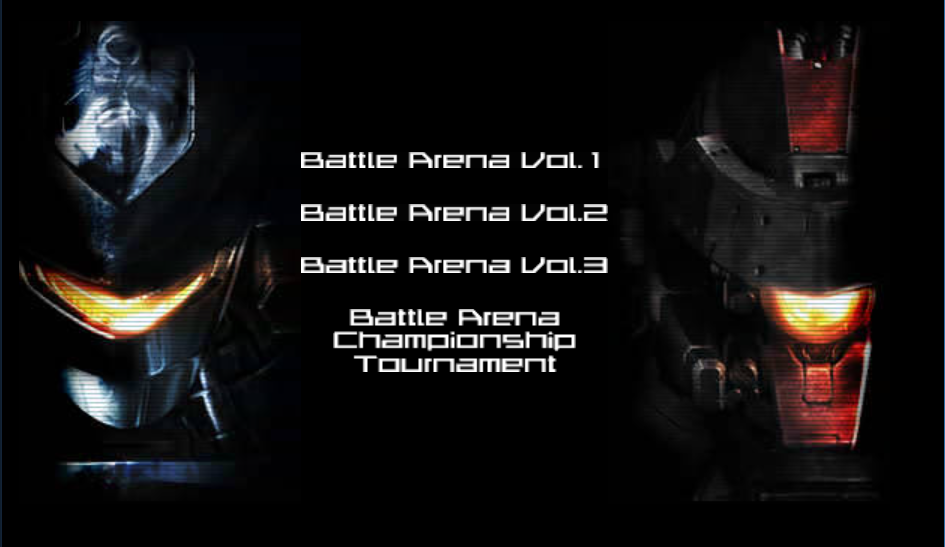

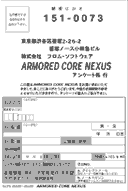
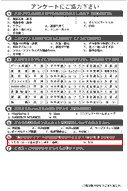 Registration form
Registration form
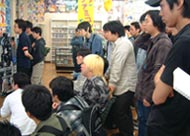
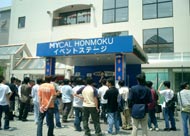
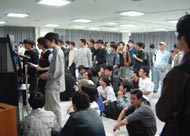

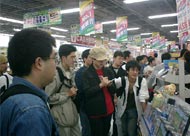
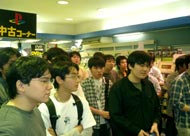
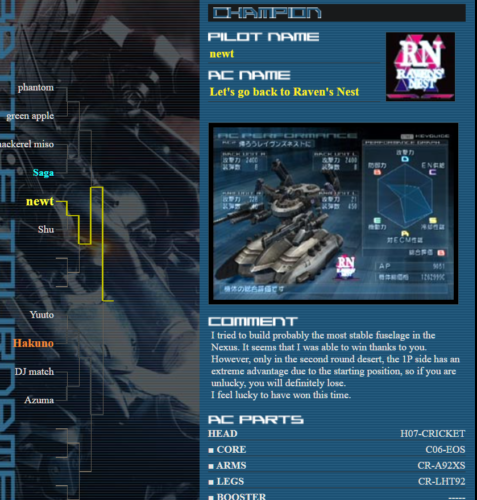
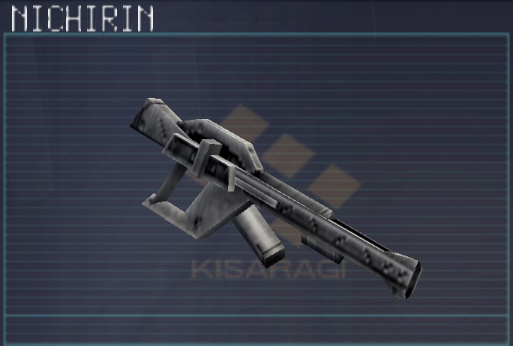
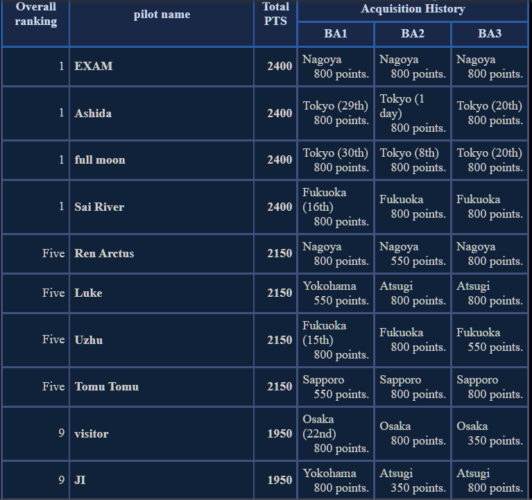
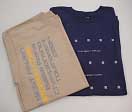
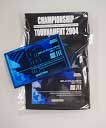
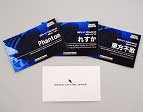
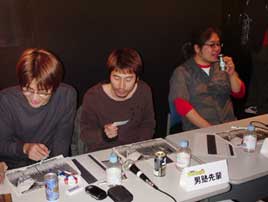
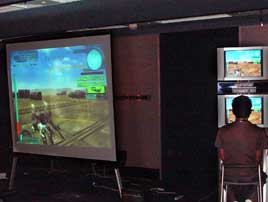
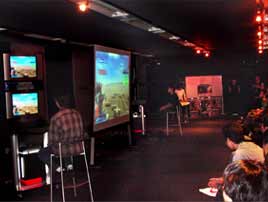 Event setup
Event setup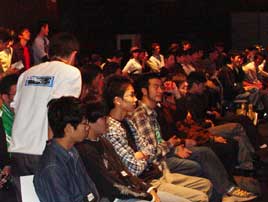
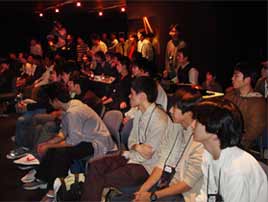 Audience and participants
Audience and participants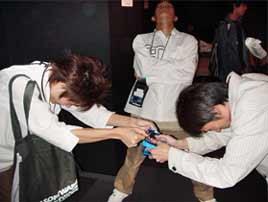
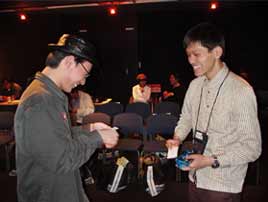
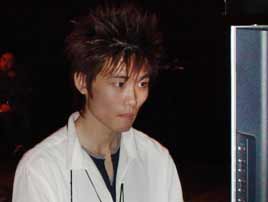
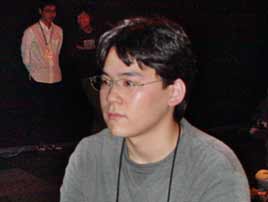
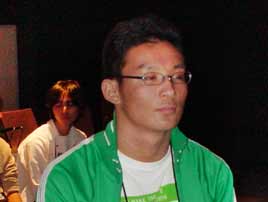
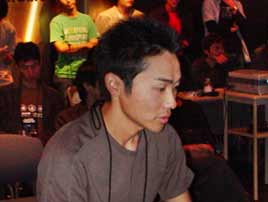
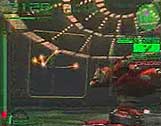
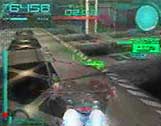
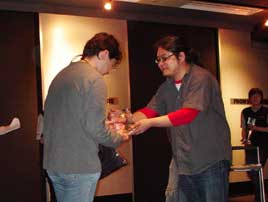
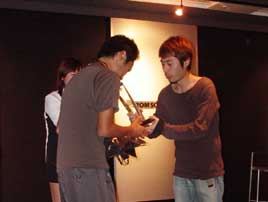
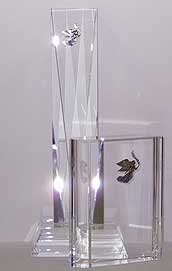
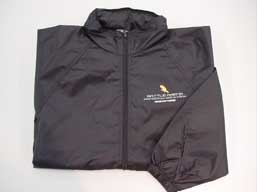
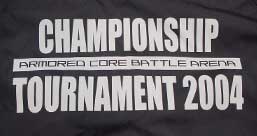 Windbreaker prize
Windbreaker prize